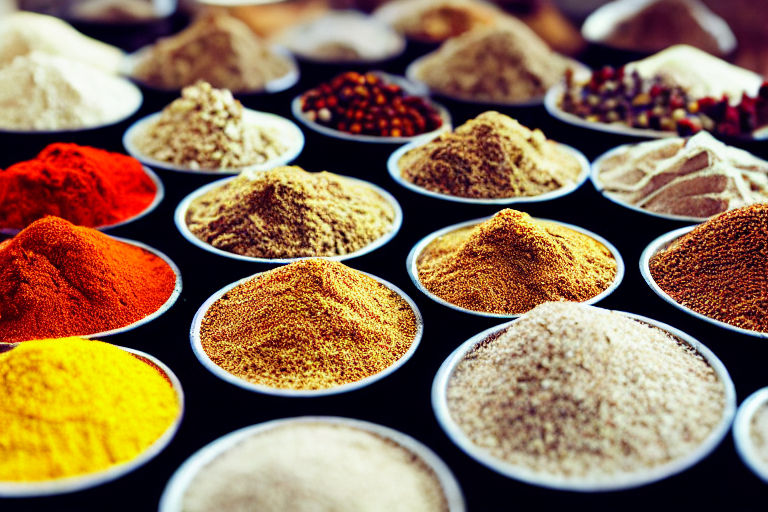The Ultimate Guide to Wine and Cheese: Everything You Need to Know
Introduction
Wine and cheese are a classic pairing that has been enjoyed for centuries. But with so many different types of wine and cheese available, it can be difficult to know where to start. This guide will provide you with everything you need to know about wine and cheese, from the basics of pairing to more advanced tips for creating the perfect pairing.
The Basics of Wine and Cheese Pairing
When pairing wine and cheese, there are a few basic principles to keep in mind:
- Match the intensity of the cheese and wine. A light wine will be overwhelmed by a strong cheese, and vice versa.
- Consider the texture of the cheese. A soft cheese will pair well with a wine that has a smooth texture, while a hard cheese will pair well with a wine that has a more robust texture.
- Think about the flavors of the cheese and wine. Sweet wines pair well with sweet cheeses, and savory wines pair well with savory cheeses.
Types of Wine and Cheese
There are many different types of wine and cheese available, so there is sure to be a pairing that suits your taste. Here is a brief overview of some of the most popular types of wine and cheese:
Wines:- Red wines: Red wines are typically bold and full-bodied, with flavors of fruit, spice, and oak. They pair well with hard cheeses, such as cheddar and Parmesan.
- White wines: White wines are typically lighter and more refreshing, with flavors of citrus, fruit, and herbs. They pair well with soft cheeses, such as brie and camembert.
- Rosé wines: Rosé wines are a blend of red and white wine, and they typically have a fruity flavor with a hint of sweetness. They pair well with a variety of cheeses, from soft to hard.
- Sparkling wines: Sparkling wines are made with carbon dioxide, which gives them a fizzy texture. They pair well with a variety of cheeses, from soft to hard.
- Hard cheeses: Hard cheeses are aged for a long period of time, which gives them a firm texture and a strong flavor. Examples of hard cheese include cheddar, Parmesan, and Manchego.
- Soft cheeses: Soft cheeses are aged for a shorter period of time, which gives them a soft texture and a milder flavor. Examples of soft cheese include brie, camembert, and goat cheese.
- Blue cheeses: Blue cheeses are made with a mold culture, which gives them a distinctive blue-green color and a strong flavor. Examples of blue cheese include Roquefort, Gorgonzola, and Stilton.
- Fresh cheeses: Fresh cheeses are not aged, which gives them a very soft texture and a mild flavor. Examples of fresh cheese include mozzarella, ricotta, and cream cheese.
Tips for Creating the Perfect Pairing
Once you have a basic understanding of wine and cheese, you can start experimenting with different pairings to find what you like best. Here are a few tips for creating the perfect pairing:
- Start with a small selection. Don't try to pair too many wines and cheeses at once. Start with a few that you think will go well together, and then experiment from there.
- Take your time. Don't rush through the tasting process. Take your time to savor each bite of cheese and sip of wine, and pay attention to how the flavors interact.
- Be open-minded. Don't be afraid to try new pairings. You may be surprised at what you like.
- Have fun! Wine and cheese pairing should be a fun and enjoyable experience. So relax, and enjoy the process of finding the perfect pairing.
Conclusion
Wine and cheese pairing is a great way to explore different flavors and create a delicious and memorable experience. By following the tips in this guide, you can find the perfect pairing for your next party or gathering.



